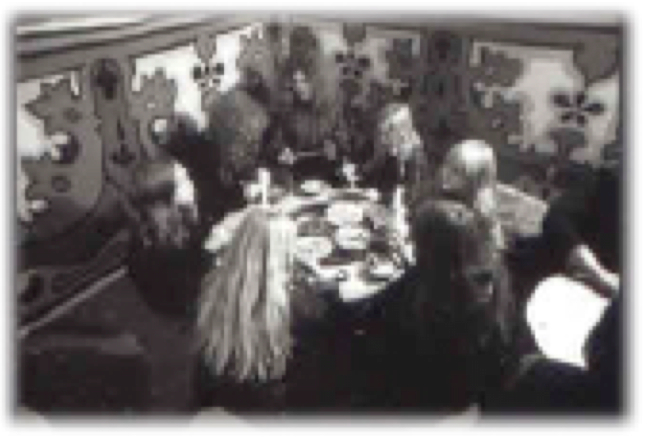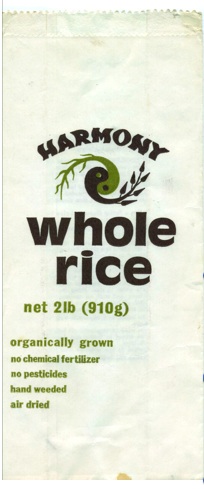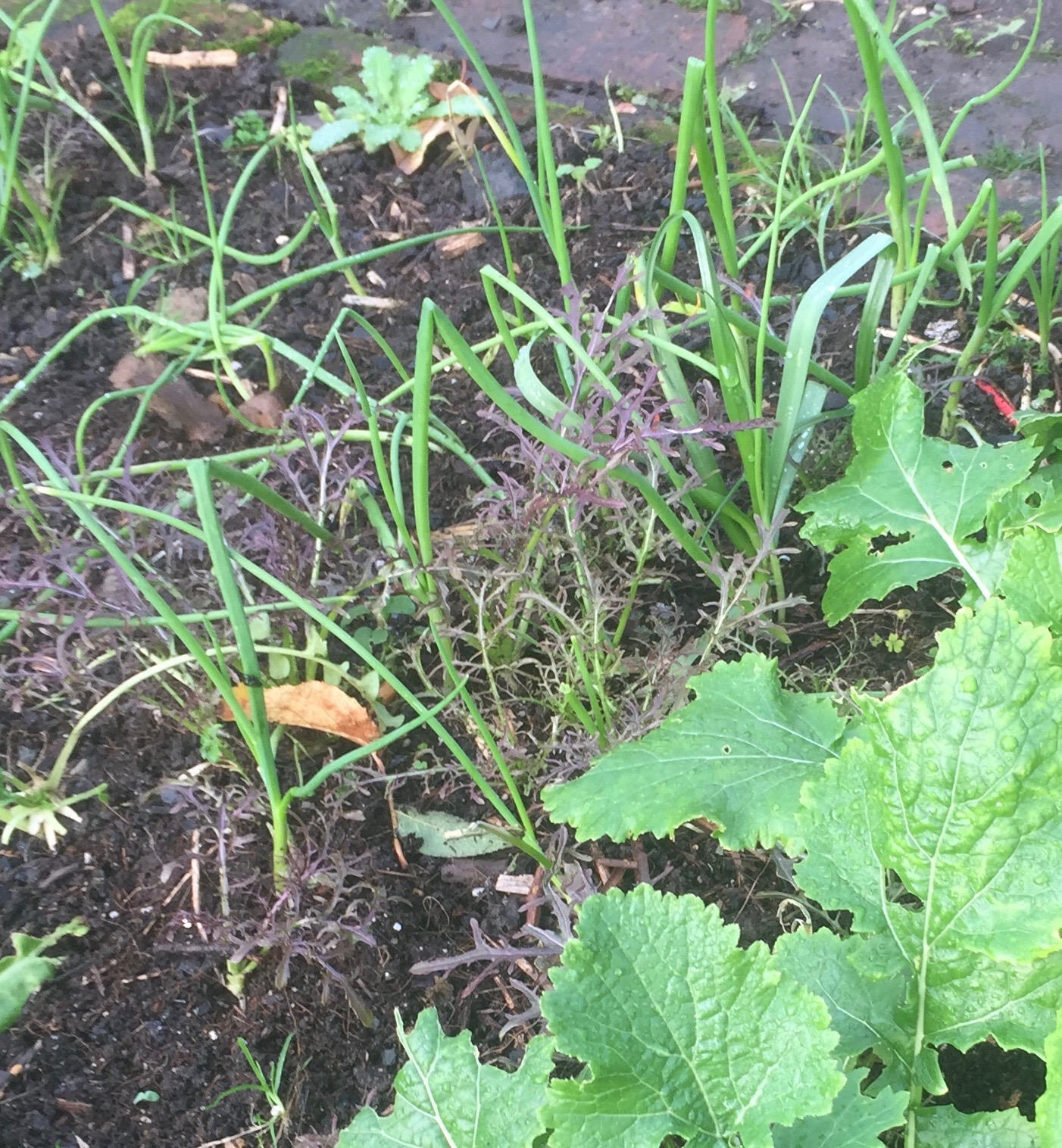When their owners are coming home - even when they are miles away, their dog is at the window barking a welcome. This was all in a book called “Dogs That Know When Their Owners Are Coming Home” by Rupert Sheldrake. He coined the concept of ‘morphic resonance’ to try to explain how this apparent telepathy may have some kind of energetic basis. His work was, perhaps inevitably, scorned by mainstream science and a senior editor of Nature magazine said the book should be burned. Rupert’s wife is Jill Purce, who teaches Mongolian overtone chanting, a way of creating deep resonance from your vocal chords that cures digestive disorders.
Their son is Merlin Sheldrake, whose recently-published book “Entangled Life: How Fungi Make Our Worlds, Change our Minds and Shape our Futures” investigates the way that fungi play a pivotal role in all life on the planet.
It’s a gripping book and completely upsets one’s conventional perspective on life. Life began with algae in the sea - the algae could use sunlight to convert water and carbon dioxide into sugary carbohydrate, but they couldn’t survive on land. Enter fungi, which attached themselves to algae and brought up water from the earth so algae could live on land. Then the algae created their own filaments (roots) which are inhabited by fungi and plant life on Earth began. When you look at an oak tree, you are looking at the food-gathering ‘mouth’ and ‘stomach’ that delivers carbohydrates to the fungi in the soil. An oak’s roots are full of mycorrhizal fungi, milking the tree for sugar. The fungi use that sugar to ‘pay’ for minerals and medicines from the 10,000 or so bacteria like actinomycetes that need that sugar to live and reproduce. The fungal network can stretch over miles, the fungi transferring sugar from trees that are producing a lot to other trees that need a sugar fix.
Then the fungi moved beyond plants - they created moving ‘plants’ (worms and other soil creatures). A worm eats soil that contains fungal spores and bacteria. The worm’s gut is a safe place in which soil microbes reproduce, thriving on the food that comes in the worm’s mouth, reproducing and then coming out the other end of the worm in huge numbers to build fertility.
Where does it end? Are we humans also just food gathering organisms for microbes? Is our real ‘soul’ a group of microbes that use us to feed and increase their populations? If it’s true of trees and plants and worms, why not us?
Plants have roots that go outward into the soil, we have intestinal villi, tiny roots that absorb nutrients, via our gut flora, from the food we eat. Plants and animals use probiotics and prebiotics to maintain health. There is lateral gene transfer among our gut flora and among soil flora - so we are constantly evolving along with our microbial partners (or masters)
Merlin Sheldrake also points out how fungi can influence our brains. Psilocybin comes from ‘magic’ mushrooms, LSD comes from ergot, a fungus that infects rye grains. These are medicines that researcher envisage will replace addictive tranquilisers in years to come.
So why do dogs know when their owner is coming home? Dogs are pack animals, They share a pack microbiome so that, when they’re hunting, they act with one brain. When you are close to a dog, you share its microbiome. Is that the same telepathy that Merlin Sheldrake describes as the “Wood Wide Web’ - that instantaneous shared awareness that can stretch between trees that are miles apart in a forest. Does it apply to animals and humans too?
Why does overtone chanting cure digestive problems? Could it be that the vibrations of the chanting are like a lullaby to your gut flora, helping them to settle down and live in harmony?
Could it be that Merlin’s book contains the explanations for what his parents saw and recognised as real but didn’t have the insight that their son brought to the table?
What it also confirms is that organic farming and healthy eating is the best way to benefit from the multiplicity of life-enhancing benefits that arise from having a vibrant and dense fungal community in our bodies and environment.


























































